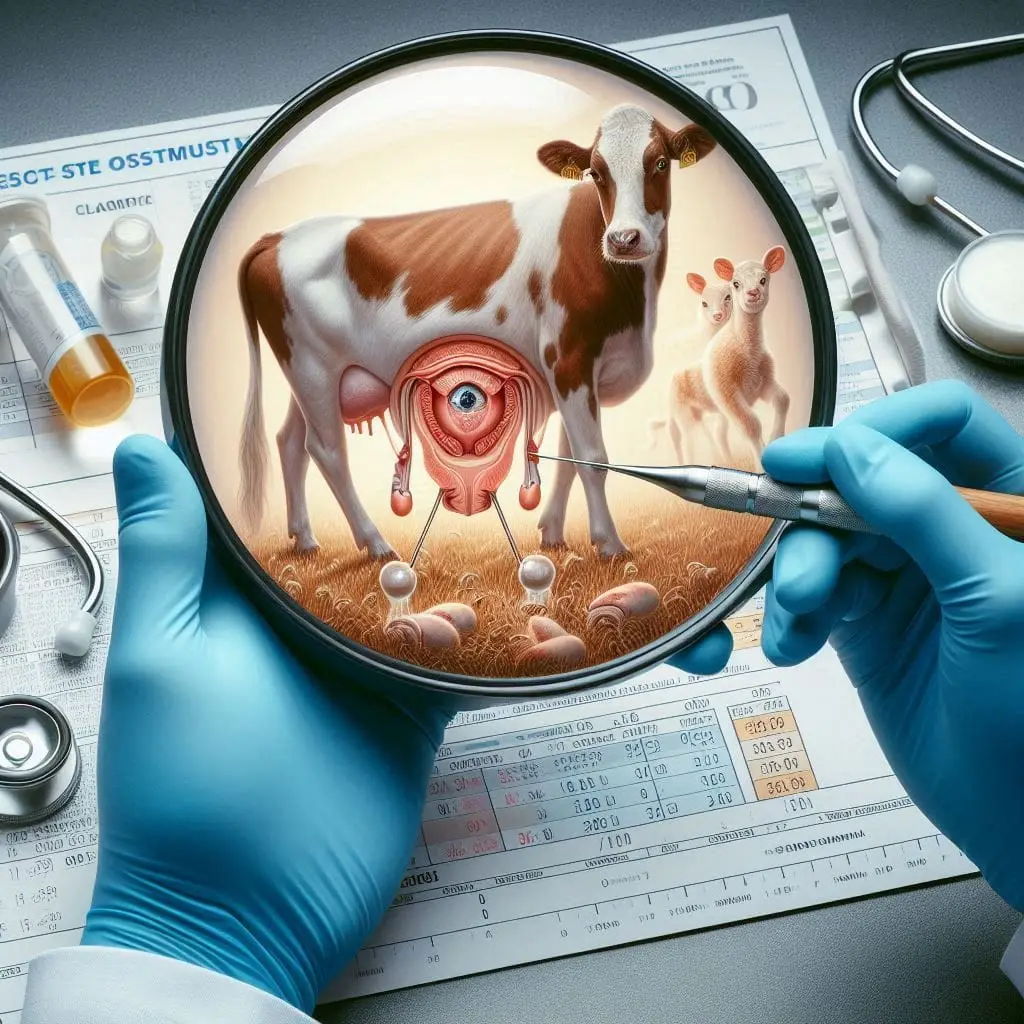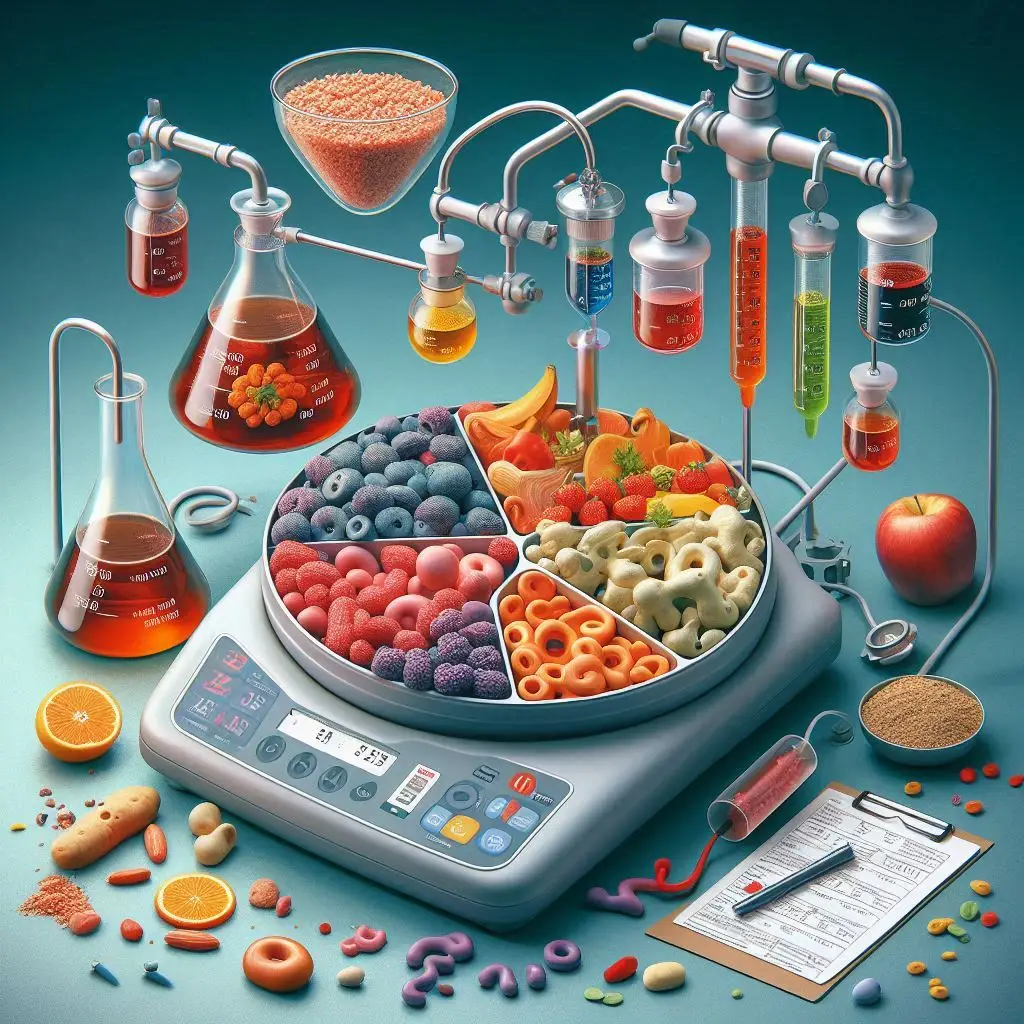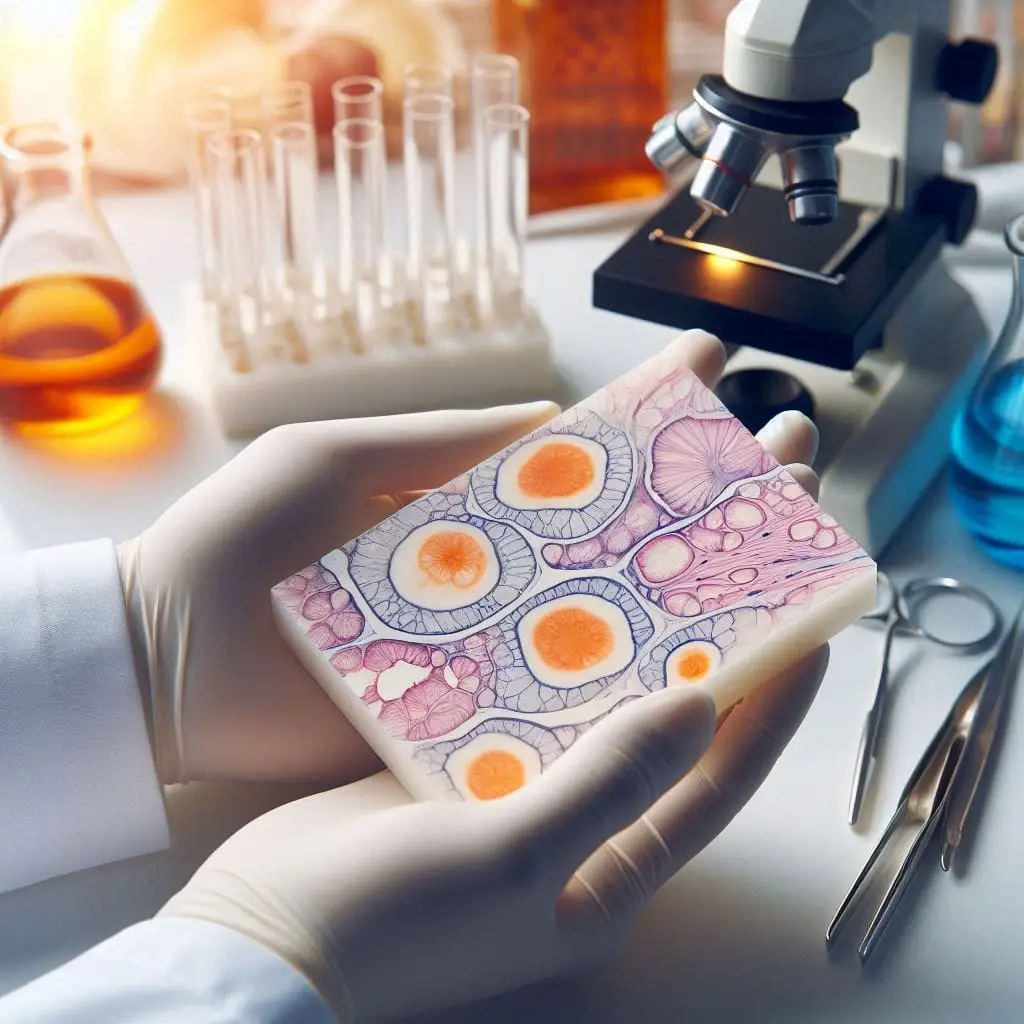The Role of Pantothenic Acid in Livestock Health

Introduction
Pantothenic acid, also known as vitamin B5, is crucial for the health and productivity of livestock. This water-soluble vitamin plays a significant role in various metabolic processes. It is essential for synthesizing coenzyme A (CoA), which is vital for energy production and fatty acid metabolism. In this article, we will explore the functions of pantothenic acid, symptoms of deficiency in livestock, and effective nutritional strategies to ensure adequate intake.
Functions of Pantothenic Acid
Pantothenic acid serves multiple functions in livestock:
- Energy Metabolism: CoA, derived from pantothenic acid, is crucial for the tricarboxylic acid (TCA) cycle. This cycle generates energy from carbohydrates, fats, and proteins.
- Fatty Acid Synthesis and Degradation: CoA facilitates the synthesis and breakdown of fatty acids. This process is vital for maintaining energy balance in animals.
- Synthesis of Biomolecules: Pantothenic acid aids in producing phospholipids, cholesterol, and neurotransmitters like acetylcholine.
- Cellular Protection: It helps protect cell membranes against oxidative stress by increasing glutathione levels.
Importance for Different Species
Different livestock species have unique requirements for pantothenic acid:
- Pigs: They require higher levels due to their rapid growth rates. Supplementation can enhance growth performance and overall health.
- Poultry: Chickens and turkeys need adequate amounts to ensure proper feathering, growth, and reproductive success.
- Ruminants: While ruminants can synthesize pantothenic acid through gut microbes, dietary supplementation may still be beneficial under certain conditions.
Symptoms of Deficiency
Deficiency in pantothenic acid can lead to several health issues across different livestock species:
In Pigs
- Growth Retardation: Pigs may exhibit slow growth rates when deficient.
- Dermatosis: Skin lesions and hair loss are common symptoms.
- Neurological Issues: A characteristic ‘goose-stepping’ gait may occur due to nerve damage.
- Severe Cases: In extreme situations, pigs may become unable to stand.
In Poultry
- Reduced Hatchability: Mature birds may experience lower hatch rates.
- Poor Feathering: Deficiency can lead to abnormal feather development.
- High Mortality Rates: Young chicks are particularly vulnerable to high mortality due to inadequate nutrition.
- Intestinal Hypofunction: Symptoms include diarrhea and poor nutrient absorption.
In Ruminants
- Reduced Growth Rates: While ruminants can synthesize pantothenic acid, poor dietary intake can still affect growth.
- Digestive Issues: Symptoms may include diarrhea or reduced feed intake.
Mechanisms Behind Deficiency Symptoms
Research shows that pantothenic acid deficiency (PAD) leads to significant physiological changes:
- Intestinal Integrity: PAD affects the structure of the intestinal mucosa, leading to reduced villus height and surface area. This change impairs nutrient absorption.
- Energy Generation Impairment: Studies indicate that PAD suppresses pathways involved in glycolysis and gluconeogenesis. This suppression results in poor energy production.
- Oxidative Stress: Deficiency increases oxidative stress levels, causing cellular damage that further exacerbates health issues.
Nutritional Strategies for Adequate Intake
To prevent pantothenic acid deficiency in livestock, consider the following nutritional strategies:
1. Balanced Diet Formulations
Ensure that feed formulations include adequate levels of pantothenic acid:
- For pigs, aim for 8–20 mg/kg of feed.
- For poultry, target 10–15 mg/kg.
- For fish, consider 30–50 mg/kg.
2. Supplementation with Feed Additives
Using calcium D-pantothenate or D-panthenol as feed additives can help meet nutritional needs:
- These additives are safe for all animal species and can effectively increase pantothenic acid levels in tissues.
3. Monitor Feed Ingredients
Incorporate high-quality feed ingredients rich in pantothenic acid:
- Animal sources like organ meats (liver), dairy products, and eggs are excellent options.
- Plant sources include whole grains (avoid milling), avocados, mushrooms, and legumes.
4. Regular Health Assessments
Conduct regular health assessments to monitor growth rates and overall well-being:
- Look for signs of deficiency such as poor growth or skin lesions.
5. Adjust Based on Life Stage
Adjust dietary formulations based on the life stage of the animal:
- Young animals have higher requirements due to rapid growth rates.
Conclusion
Pantothenic acid is vital for maintaining the health and productivity of livestock. Understanding its functions and recognizing deficiency symptoms can help farmers implement effective nutritional strategies. By ensuring adequate intake through balanced diets and supplementation when necessary, livestock producers can promote optimal growth and overall animal welfare.
For more pearls of Vets Wisdom:
https://wiseias.com/partitioning-of-food-energy-within-animals/






Responses